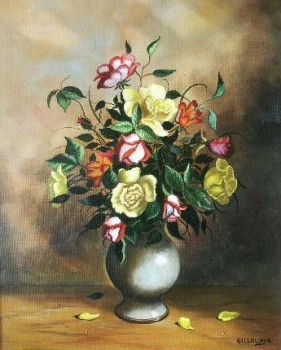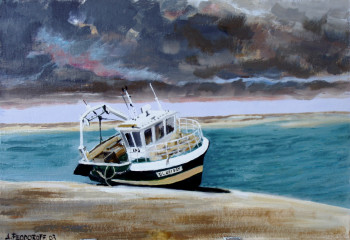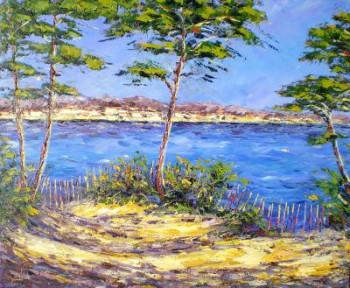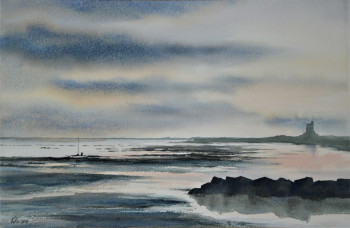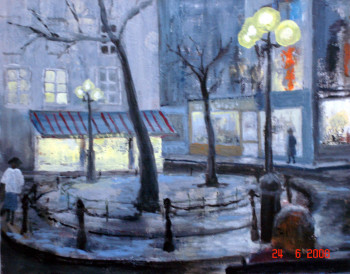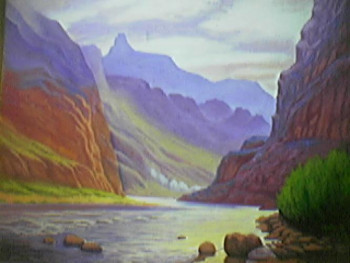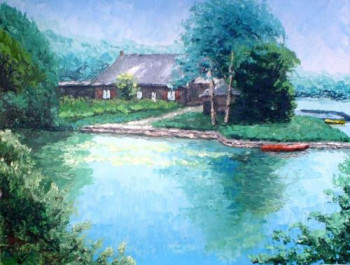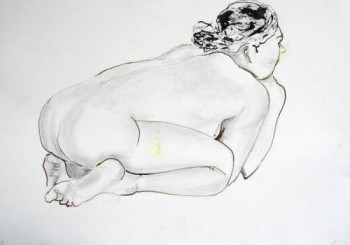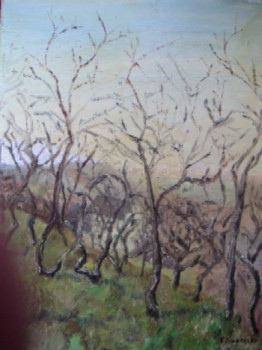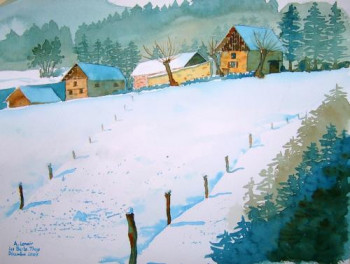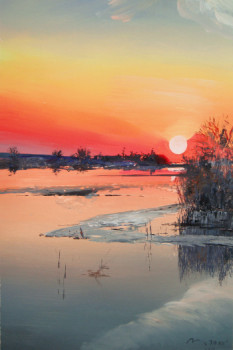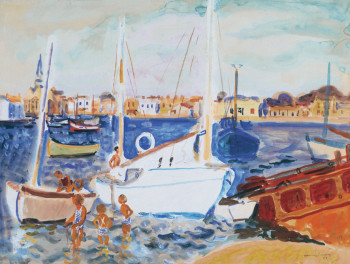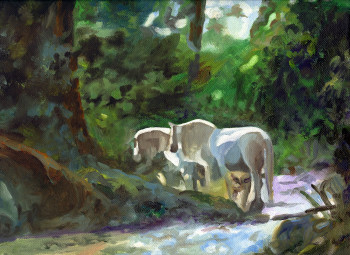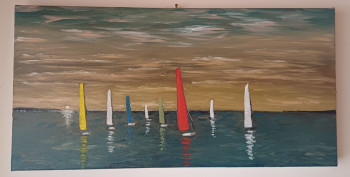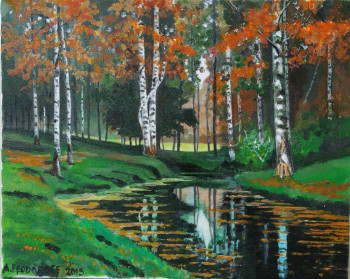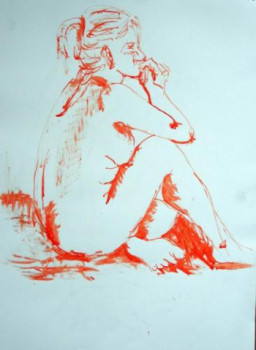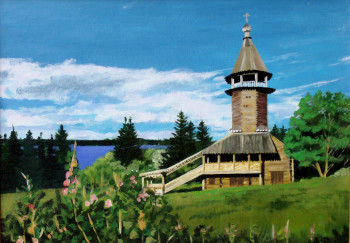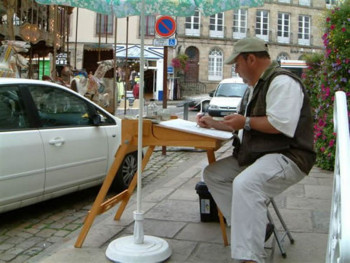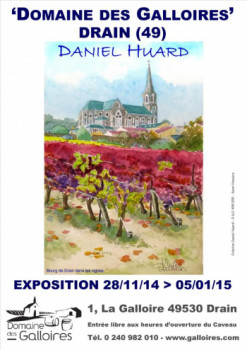
Jan Van Goyen: The Dutch painter of the golden age
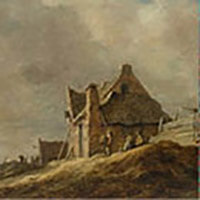
Jan Van Goyen is a Dutch painter from the Golden Age. He left many paintings depicting lakes, rivers, forest paths and canals around Rotterdam, Emmerik, Arnhem, Gouda, Leiden, The Hague, Dordrecht and Delft.
His life
Van Goyen was born; January 13, 1596 at Leiden. He is the son of Joseph Van Goyen, a shoemaker. Between 1608 and 1615, after having renounced become a glass blower and have been a professional apprenticed to three painters, he left for Hoorn.
At the age of 19, around 1615/1616, he made a study trip to France with his former master. Around 1617, he continued his training at Haarlem with Esaias Van de Velde. The latter had a great influence on him and taught him a new pictorial style. In 1618, he returned to Leiden, his hometown, and married there. Apart from his profession as a painter, Van Goyen also carries out the activity of painting. of an art dealer. It was in 1620 that he published his very first signed work. Subsequently, he produced around eight hundred drawings and a thousand paintings.
In 1632, he settled permanently in the city. The Hague. He will only leave this city for a few trips. There, he opened a frequent workshop. by many painters such as Jan Steen, Berchem, Saftleven, Van der Kabel. After Van Goyen’s arrival at The Hague, he is admitted to the guild of Saint-Luc and became its dean in 1640. He drew around ten paintings of the Valkhof à agrave; Nijmegen, between 1638 and 1653. During his trip to Nijmegen, In Antwerp, he painted Fort Lillo on the Scheldt.
In 1649, Jan Steen married Grietje, the daughter of Jan Van Goyen. Steen also draws a portrait of the family. Gerard Ter Borch, a student of Van Goyen, will also paint his portrait.
On April 27, 1656, Van Goyen died in Paris. The Hague. His property was put up for auction after his death to cover his debts.
His style
Van Goyen's works belong to the baroque. Just like Salomon Van Ruysdael, the painter specializes in landscape painting. From 1630, he contributed to the development of river landscape painting and seascape painting, under skies full of clouds and rainy.
His style is characterized by the alternation of lighter and darker bands, especially in his latest works. He does not draw in a realistic way, we can notice this for example by looking at his painting which represents the Hooglandse Kerk of Leiden on the banks of a river. It is not the overall impression or even the different elements composing them that characterize his works. Furthermore, their specificity is defined by the activity human since Jan Van Goyen likes to observe the details of daily life.
The painter is especially active in the 17th century during the classical period. In the creation of his paintings, Van Goyen particularly used the following artistic techniques: ink, pencil, oil on wood.
With Pieter Molijn and Salomon Van Ruyesdael, Van Goyen brings a new trend to fashion. Dutch landscape art which established itself around the middle of the 17th century. They thus abandon the mannerist taste for the decorative and picturesque, theatrical and fanciful perspectives, strong lighting contrasts and bright colors, and favor naturalism of spirit modern. They rely on monochrome by giving more space to clouds, the horizon and the sky and emphasizing the light values.
His works
The best-known works of Jan Van Goyen are the following: Peasants on an Embankment, Inn at the Water's Edge, View of the River… which illustrate his favorite subjects: landscape, sport, leisure.
His first works are still mannerist in conception and are reminiscent of the genre scene. They look like those of Esaias Van de Velde and Avercamp. With his work « Castle with two round towers», he describes the anecdote, uses a miniaturist style and emphasizes the architecture.
Around 1626 or 1628, just like Salomon Van Ruysdael and Pieter Molijn, the painter abandoned small, precious formats and used the diagonal which unified and structured the composition. For example, in his painting « The Village of 1626 » (Lakenhal, Leiden), the figures are reduced and lose their anecdotal character.
À From 1630, Jan Van Goyen obtained a certain originality in his work. by giving importance to the sky and the landscape, by focusing on monochrome smears and light tones, and by looking for a more muted color. With « Les Chaumieres near the shore» (1631), picturesque details (the characters, the cart, the cottages) are used to support the diagonal.
At the same time as Salomon Ruysdael, he also uses the tree as a foil to the carefully defined foliage. With « The Blasted Oak », the tree placed against the stormy sky offers an effect of depth to the viewer. the composition. And the bluish grays combine perfectly with the ochres of the earth.
His views of rivers appeared as early as 1636. Jan Van Goyen thus produced ever more imposing and more simplified compositions. À At this time, the diagonal lost its importance in his works as in those of Ruysdael.
The painter accentuates and reinforces the horizontals and the vertical rhythm of the bell towers, sails, roofs transformed into dark silhouettes. In « The Rhineland Landscape, The Town of Elten » (1647), he focuses on contrasts of light and shadow.
In his panoramas, Van Goyen will emphasize more and more on light and atmosphere as well as on ever more muted colors . He chooses golden or silver grays which come together and represent the still lifes of his contemporaries: Willem Heda or Pieter Claez.
The painter also highlights the clouds and the sky. This is a great innovation for posterity, especially among the « sailors ».
Characters that contrast with the glistening reflections of the water make the landscape much brighter. In « The View of the Rhine near Etelberg », Jan Van Goyen plays on the alternation of light and shadow, which gives maximum radiance.
Découvrez quelques oeuvres inspirées de Van Goyen
